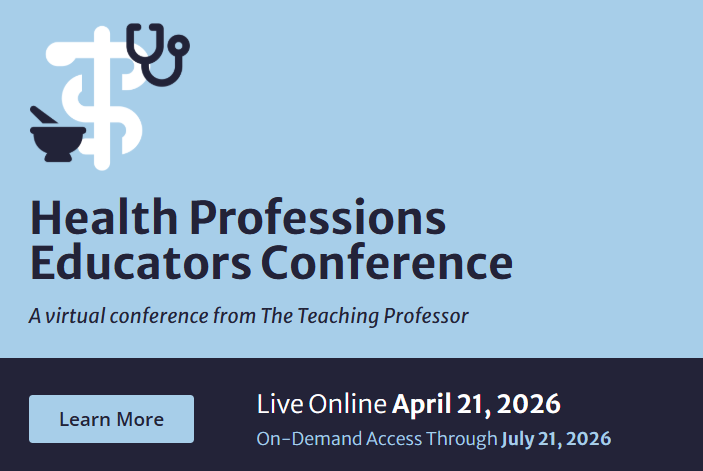Making Online PowerPoint Content Engaging: Preparing for High-Quality Narration
Slides, even with text and graphics on them, aren’t particularly as good as instructional content because someone needs to explain what’s on each slide. You are still the presenter and you should explain, right? (Right.)




